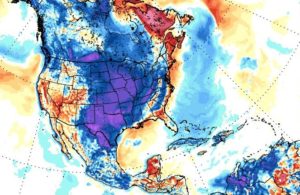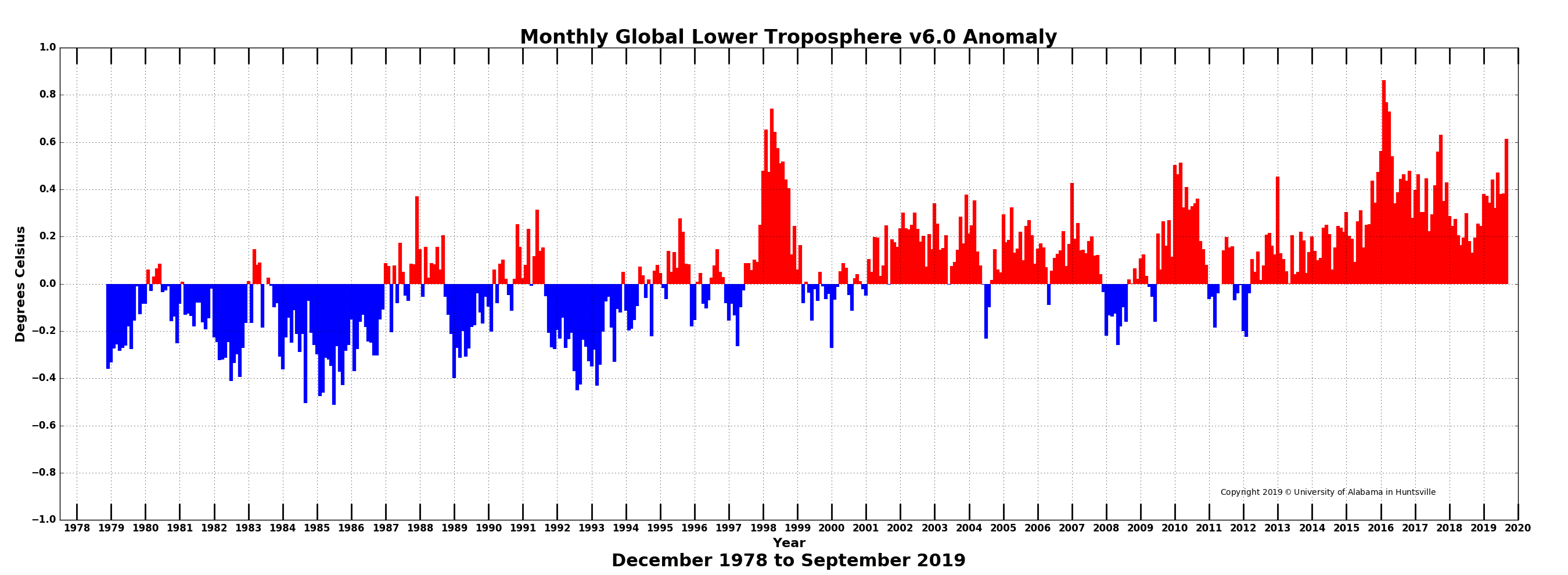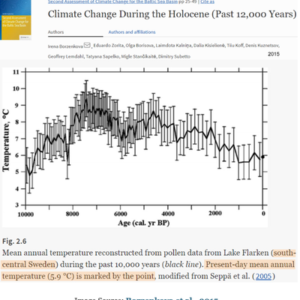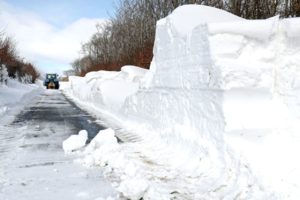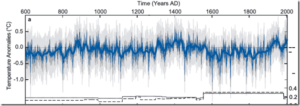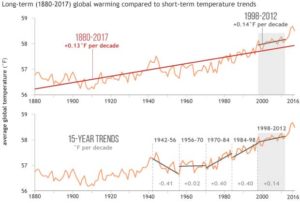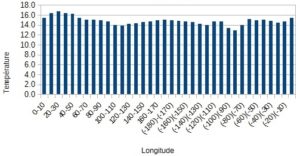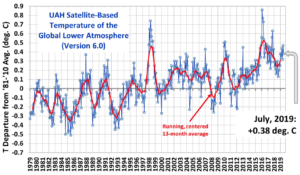by Cap Allon, October 7, 2019 in Electroverse
Bone chilling cold descended into Europe over the weekend, exactly as forecast by the GFS. And the ‘Polar Invasion’ will continue to seize practically ALL of the continent throughout the week, sinking temps as much as 20C below average, with only far Western regions spared.
This past Sunday went down as the coldest October 6th ever recorded in ALL of Holland, in record books dating back to 1901 (solar minimum of cycle 13).
The country’s daily high, measured at the national weather station in De Bilt, climbed to just 9.6C (49F), which busted the previous record low of 10.1C (50F) set back in 1936 (just exiting solar min of cycle 16).
The weekend’s chill was thanks to a descending Arctic air mass which brought icy easterly winds, thick cloud cover and heavy rain. This pattern will run for rest of the week, and is expected to see further record lows temps tumble.
While across Europe the story is the same, too — all-time cold records will likely tumble in Central, Southern and Eastern parts, particularly during the first half of the week, with Italy, the Ukraine, Romania, Greece, Hungary, Slovakia, Austria and southern Poland on course to be worst hit:
…
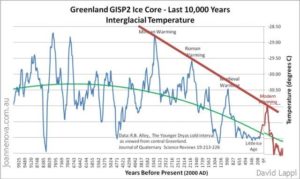
…



